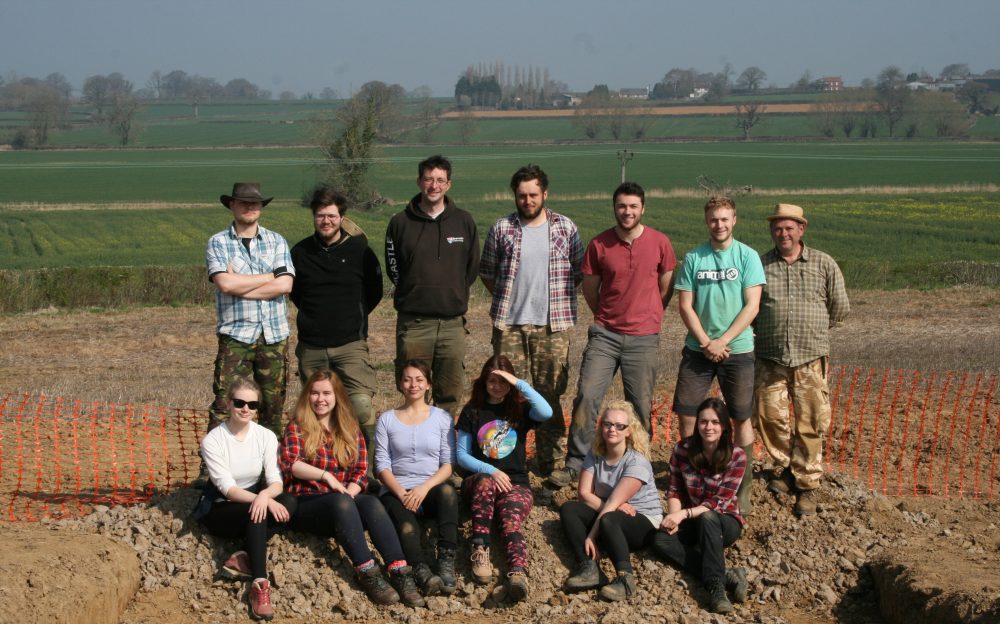In AD407 the British usurper Constantine III made a bid for the imperial throne. He was unsuccessful and in the years that followed Britain slipped from the Roman Empire.
Some forty years later the Britons wrote to Aetius ‘thrice consul’ (AD446) and magister militum per Gallias (Master of the Soldiers in Gaul) and begged him for help against the barbarians. That help was not forthcoming and Britain went on to undergo its long transformation into the patchwork of early medieval Anglo-Saxon and Welsh kingdoms.
One of the things the project is really interested in is what happened to the Lufton Villa at the end of its life? Hayward found evidence that he thought was left by ‘squatters’. This included a rather nice iron working hearth built over a mosaic in Room 2. We hope to reinvestigate this hearth to see if it still survives and whether we can detect any clues as to its date and purpose.
The late or early post-Roman iron working hearth from Lufton (from the original report in Proceedings of the Somerset Archaeological and Natural History Society)
If you’re interested in the end of Roman Britain, you might like to read James’ book The Ruin of Roman Britain which is available to preorder in paperback from the Cambridge University Press for £21.99


